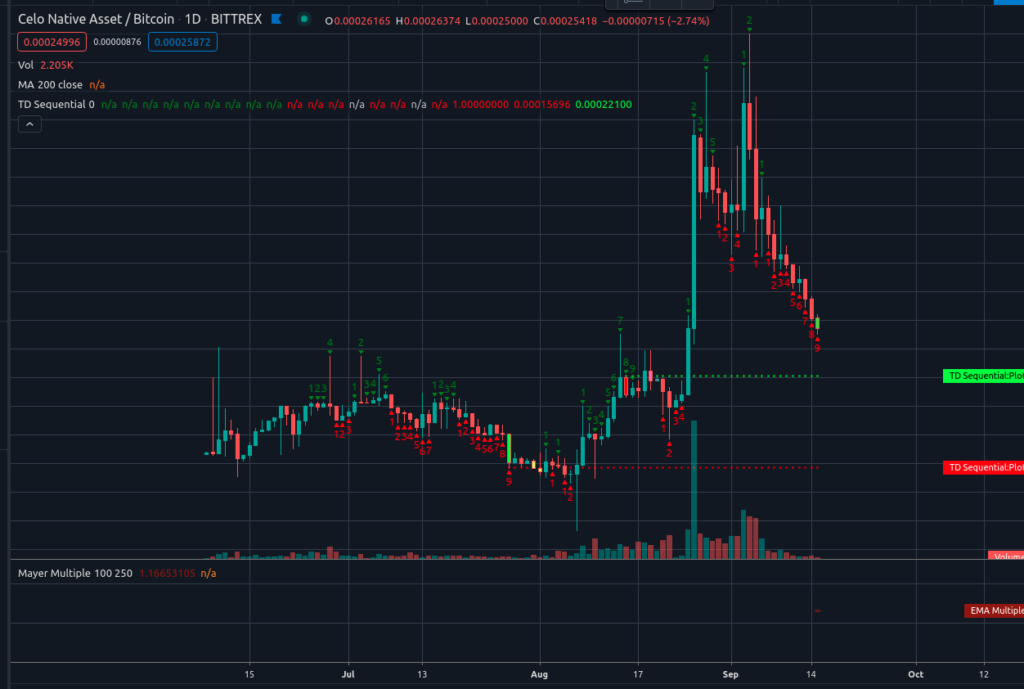Gas prices on Ethereum finally came down low enough yesterday, into the 200’s, long enough for my early ETH transfers from my mining account to come through to my main account, giving me the gas I needed to finally stake my USDC and wBTC into a couple vaults. Zapper.fi actually recommended the YFV USDC Seed vault, and I used Yearn’s sBTC vault for the main amount.
Since I’m actually pooling assets from various funds that I’ve earmarked for various members of my family, it’s becoming a bit of a challenge to keep things straight. I’m working with a Notion database, with rows for each person, and columns for the amounts of ETH, USDC, and BTC that they’ve contributed. I have another row for fees, where I’m tracking the gas costs in ETH for each of the transactions in and out of the vaults. I’ll have to create some formulas to help compute each person’s percentage of the total pot; I’m not sure whether I can do it in Notion, or will have to do Excel. Ideally, I would do it on the blockchain, but managing three of four Ethereum addresses is too cumbersome.
I finished Mastering Ethereum earlier this morning. It’s a lot less mystifying now, although I’ve still got a ways to go to understand a lot of it. There are ton of links within the book that will take me some time to read if I want to go that far into it, for now I’m going to continue working through the Ethernaut challenges and will figure out how all Uniswap and all these Yield farm vaults work. That’s the awesome thing about Ethereum, all the contracts are public, most of them operate as open source with the contracts right out there in the open. It’s actually quite amazing.
The Unidrop earlier this week has also got me thinking a lot about the difference between wealth and income. Bitcoin, and to a certain extent, the FIRE movement, has really got me focused on savings and building wealth. Right now, my timeframe for net zero was really dependent on the next BTC bull cycle, but the twenty percent plus interest rates in DeFi are forcing me to re-evaluate my plans. I had planned to do some trading and see if I could build my stack higher that way, but the risk/reward ratio has been upended.
I’m still very tempted to move the remaining eighty percent out of my hard wallet and stake it in a vault, but the returns at this week’s levels isn’t high enough to justify. I’m not going to stake my entire stack against contract risk and the other factors inherent in the system for what amounts to one-sixth of my current salary.
If BTC hits $60k, though, that’s another story.


